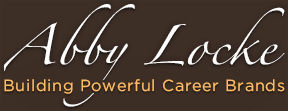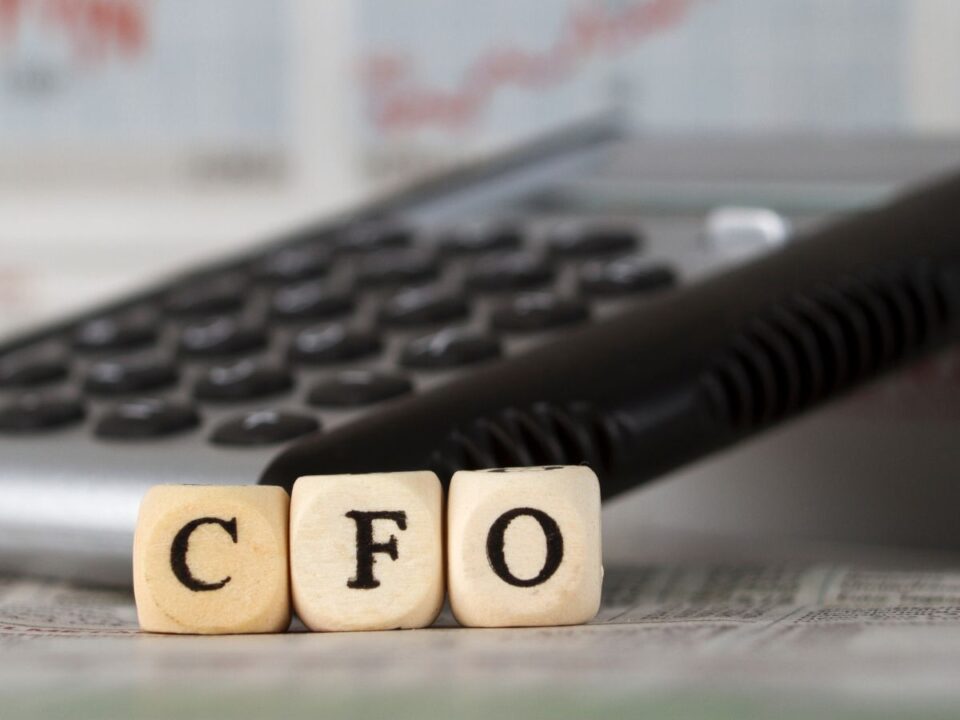
Making the First Impression Count: The Art of the Executive Cover Letter
They say you never get a second chance to make a first impression.
This holds especially true for cover letters, those vital documents that accompany your job applications, networking efforts, and introductions to executive recruiters.
Your cover letter is a critical piece of your brand presentation and career marketing toolkit.
When crafted with care, a cover letter serves as a personal introduction, but the challenge lies in making a significant impact without simply rehashing your resume.
A compelling cover letter should highlight your personality, qualifications, achievements, and most importantly, your enthusiasm.
Less is More: The Power of Brevity
Avoid the temptation to write a lengthy cover letter. A concise, focused letter of 3-4 paragraphs—or even shorter—can be incredibly effective.
Here’s how you can transform “Who is this?” into “Let me call them” with just a few words.
Paragraph #1: Capture Attention with a Powerful Intro
Your opening paragraph is your chance to grab the reader’s attention.
This is where you give an overall impression of your career achievements, the value you bring, your professional reputation, and your core competencies.
Examples:
Low-Impact: “Your recent posting for the Director of Sales position closely matches my qualifications and experience. I have enclosed a copy of my resume for your review and consideration.”
High-Impact: “Implementing marketing initiatives that increase product and service sales, expand market share, and improve corporate brands are ways I add value.
With extensive experience and deep expertise in sales management and new product development, I am well-qualified to serve as your next Director of Sales.”
Paragraph #2: Pique Interest with Evidence of Achievements
In the second paragraph, back up your bold introductory statements with hard evidence.
Share a recent accomplishment or success story from your current position to illustrate your impact and capabilities.
Examples:
Low-Impact: “In my current role as Chief Operating Officer, I oversee a $25 million budget which impacts the programming and services for over 5K customers in the Washington DC area.”
High-Impact: “More recently, as the COO of the NCCP, I was instrumental in stabilizing the organization during a season of uncertainty and internal chaos.
By forging partnerships and strategic alliances, I garnered $15M+ in operational support and increased the organization’s industry standing in less than six months.”
Paragraph #3: Showcase Your Enthusiasm and Fit
This paragraph is your opportunity to convey your excitement about the role and how you align with the company’s goals and values.
Highlight your passion and what specifically draws you to this opportunity.
Examples:
Low-Impact: “I am interested in this position because I believe it aligns well with my career goals and experience.”
High-Impact: “I am particularly drawn to your company’s commitment to innovation and sustainability.
My background in leading eco-friendly initiatives and driving technological advancements positions me well to contribute to your team’s continued success.”
Paragraph #4: End with a Call to Action
Close your letter with a strong call to action. Invite the reader to continue the conversation, express your readiness for an interview, and thank them for their time and consideration.
Examples:
Low-Impact: “Thank you for considering my application. I look forward to hearing from you.”
High-Impact: “I would welcome the opportunity to discuss how my background, skills, and certifications will be beneficial to your team.
Thank you for your time and consideration. I look forward to speaking with you soon.”
The Bottom Line
In the world of executive job search and career management, your goal is to have employers and recruiters “buy” you long before they meet you face to face.
Think of your cover letter as the “Cliff Notes” for your career story—tell it quickly, tell it concisely, and tell it accurately.
The quality, not the quantity, of your content is what matters most.
Crafting a high-impact cover letter isn’t about verbosity; it’s about clarity, precision, and showcasing your unique value proposition.
Remember, your cover letter is a reflection of your brand. Make it count.
(Photo credit: Roger Bakker)
Abby is an executive career expert and master resume writer with over 20 years of experience. Specializing in personal branding and modern executive resumes, Abby helps leaders over 50 t0 articulate their value and navigate career transitions to achieve seemingly impossible career goals.




